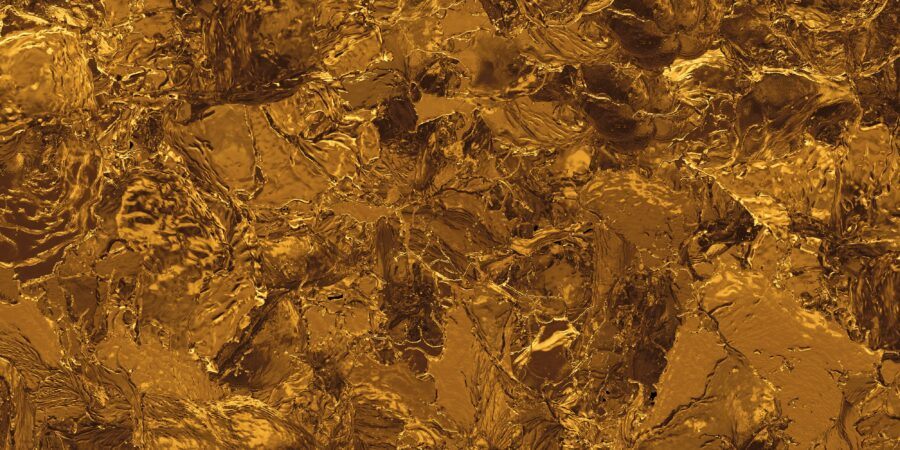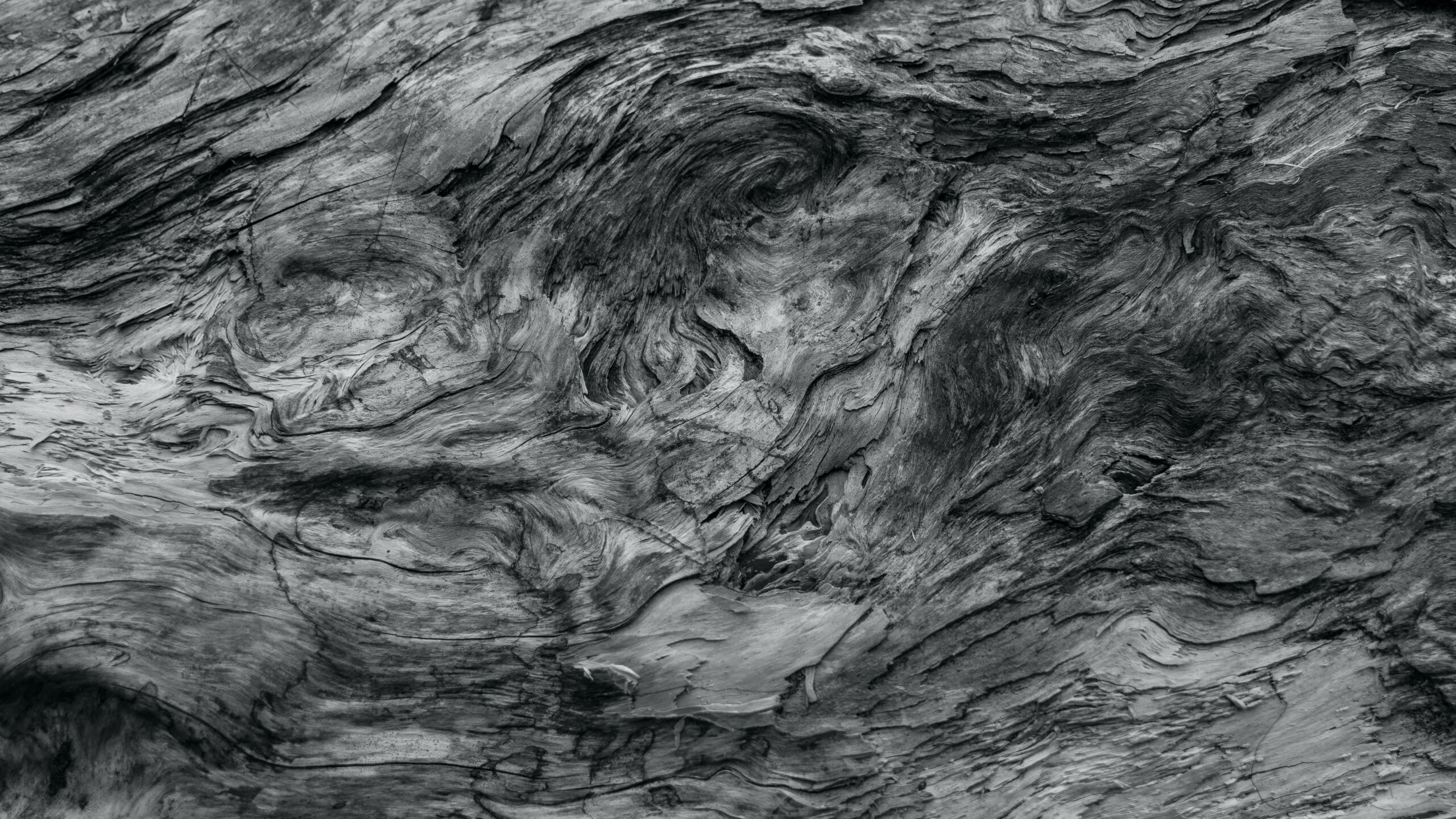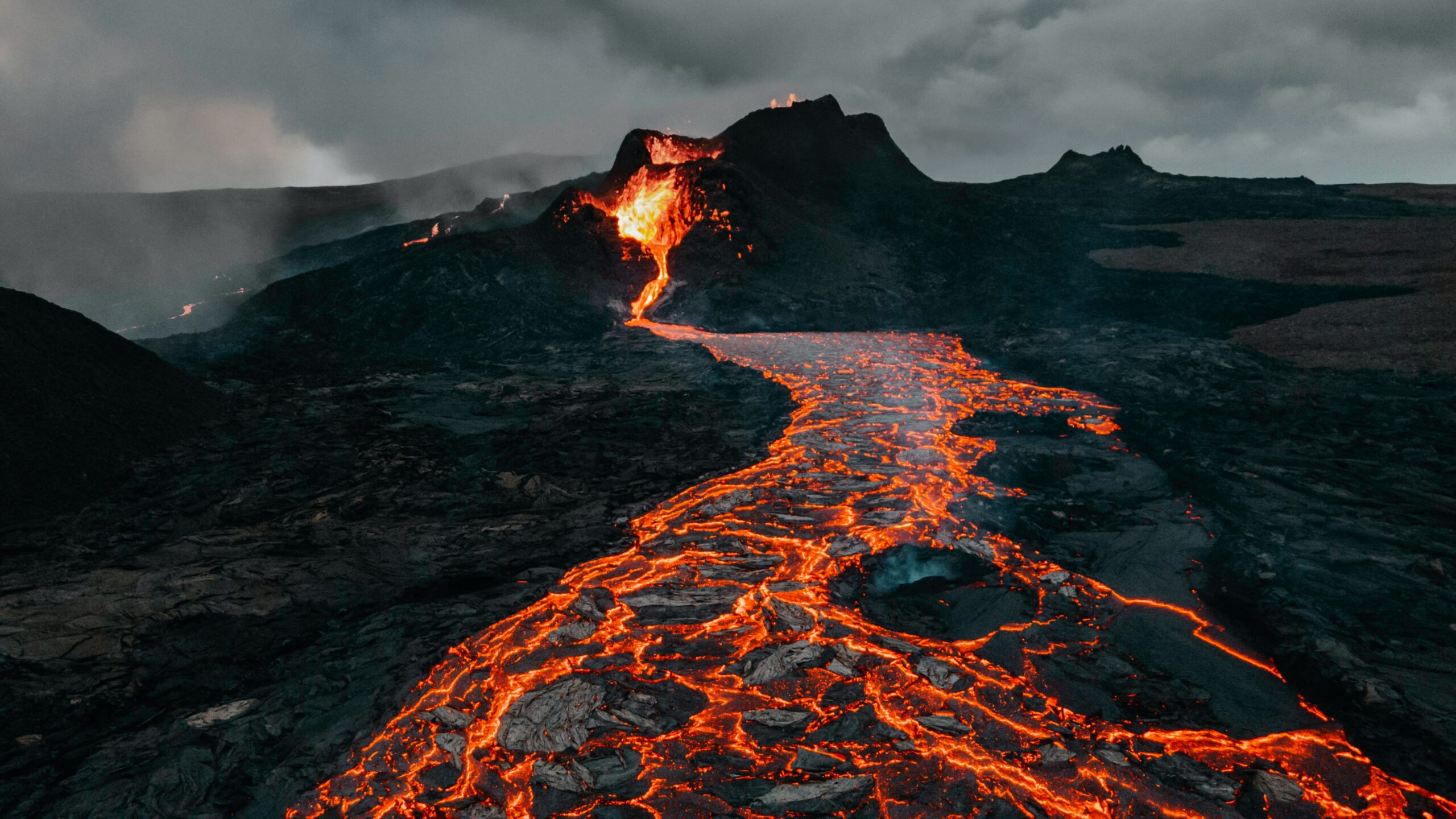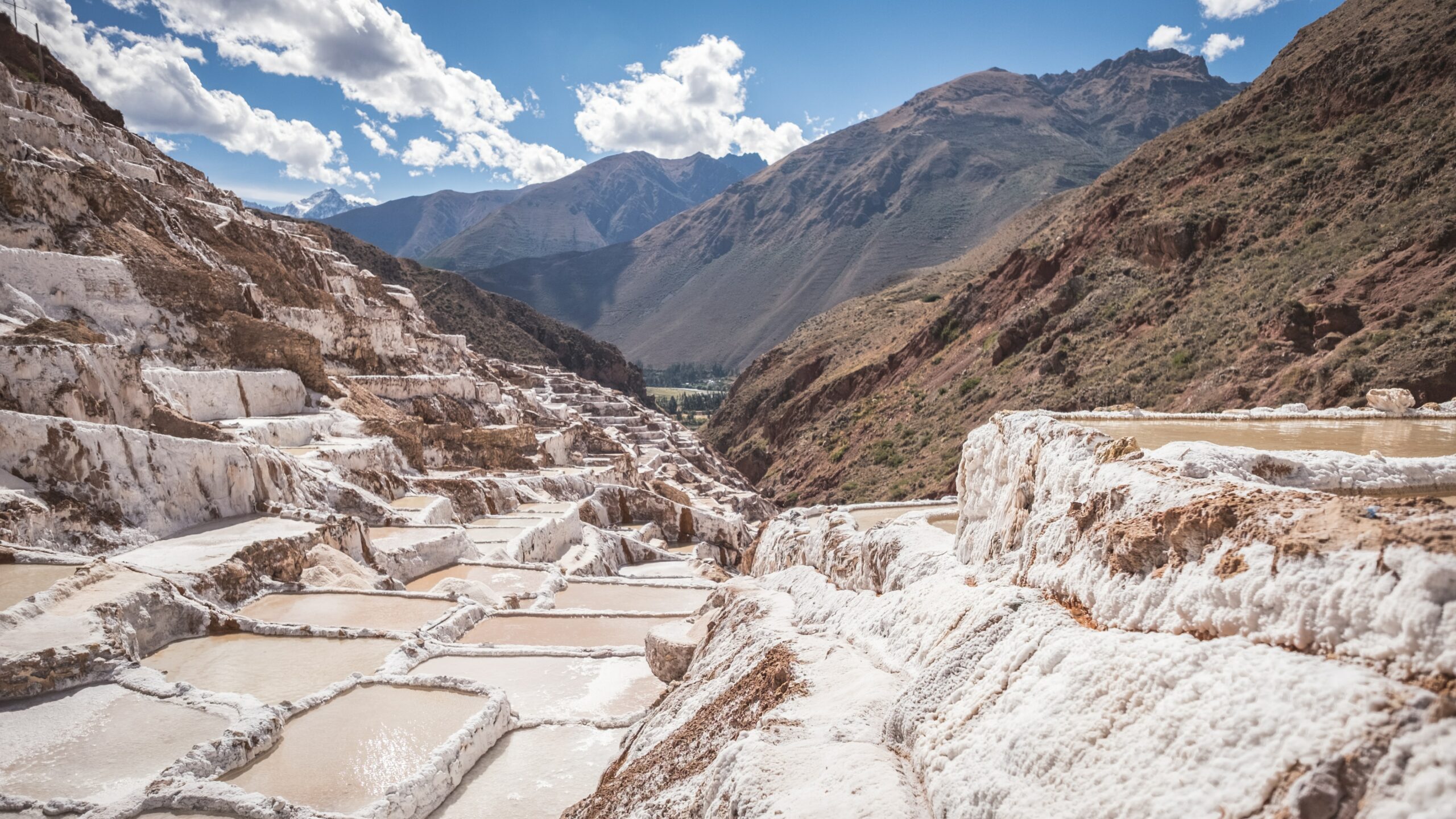Gold Mines:
The largest Gold Mines in Africa, Kibali, is located in the Democratic Republic of Congo’s northeastern region (DRC). Isiro, the capital of the Haut Uele province, is located around 220 kilometers east of this location. West of the Ugandan border town of Arua and 1,800 kilometers from Mombasa, Kenya. A joint venture firm operated by Barrick and AngloGold Ashanti owns about 45 percent of the mine. And 10% by the mining company of Kilo-Moto (SOMO). Barrick owns and operates the mine.
In Ghana’s Birim North District, Akyem is an open-pit operation. Newmont bought the Akyem mining lease in 2010, and commercial production commenced in 2013. On schedule and within budget, Akyem went into commercial production in October 2013. The company presently employs more than 1,900 people, including both full-time and contract staff. Two separate mining licenses make up the Loulo-Gounkoto complex.
It is located in western Mali, bordering Senegal and the Falémé River, near Loulo and Gounkoto. The Loulo mine is owned by Société des Mines de Loulo SA, and the Gounkoto is owned by Société des Mines de Gounkoto. Barrick owns 80% of Loulo and Gounkoto, while Mali’s government owns the remaining 20%. (20 percent ). It is located in northeastern Burkina Faso, West Africa, in the Essakane mine, owned and operated by IAMGOLD.
In Burkina Faso, it sits on the Oudalan and Seno provinces, some 330 kilometers northeast of Ouagadougou’s capital. After acquiring Orezone Resources in February 2009, IAMGOLD took over the management of the Essakane project. In July of that year, Essakane commenced commercial production. This year’s plant expansion was finished on schedule, allowing for a significant increase in complex rock production. On the Senegalese border, B2Gold’s Fekola Gold Mines is located in southwestern Mali.
Kéniéba is located around 40 kilometers south of Kayes. Located in the eastern portion of the Paleo-Proterozoic Kédougou–Kéniéba inlier, the Fekola deposit and Anaconda area are situated in Birimian Supergroup rocks. This region covers eastern Senegal and western Mali. Located in north-western Mauritania, Kinross’ Tasiast open-pit Gold Mines is roughly 300 kilometers north of Nouakchott and 162 kilometers east-southeast of Nouadhibou. As part of the 24k project, Tasiast is working to boost production and cut expenses at the mine.
AngloGold Ashanti’s primary mine, Geita, is located in north-western Tanzania. About 120 kilometers from Mwanza and 4 kilometers west of the village of Geita are the Lake Victoria goldfields. As a large-scale mining operation, it has been in use since the 1930s. Multiple open-pit and underground operations will continue to exploit the Geita gold deposit until the open-pit Mineral Resource is depleted. An annual capacity of 5.1 million tonnes of carbon-in-leach processing currently serves the mine.
Located in Egypt’s Nubian Desert/Eastern Desert, the Sukari or Alsukari mine is owned by Centamin. There are no gold exports from Sukari, Egypt’s only mine and the country’s first large-scale modern operation. One of the world’s most promising open pit and underground mining operations, Sukari is located in the 160-square-mile Sukari mining tenement.
The Tarkwa Basin, where Gold Mines is located, is approximately 300 kilometers west of Accra, Ghana’s capital, by car. About 20,800 hectares of land are owned by the Tarkwa mine, which is operated under mining leases. Since the late 19th century, It has been the site of extensive mining activity. The underground mine in Ghana mined fields of Gold The Banket Series auriferous conglomerates of the Tarkwaian System.
The Sefwi Volcanic Belt is where Newmont’s Ahafo mine is located. The volcanic band runs from north to south in Ghana. Ghana’s Ahafo region is about 307 kilometers northwest of Accra, where the mine is situated. In 2006, commercial production began at Ahafo. Two major mineral zones are found in Ahafo. The two regions of Ahafo.
Ahafo South is currently being mined. As of November 2018, commercial production at Ahafo South’s new Subika underground mine, which had finished on time and budget, had begun. African gold is found in Ghana.It is a great site to search for gold. Many big gold corporations are based in the country, making it one of the continent’s most important gold producers. In addition, there are many artisanal miners. The price of gold has a significant impact on artisanal mining, which is why the Ghanaian government is working to eradicate it.
The country produced 180 tonnes of gold in 2018, and the region has more outstanding estimated gold deposits than Peru and Papua New Guinea. As a low-to-middle-income economy, Ghana relies heavily on its abundance of natural resources. Despite a slowdown in the economy, the country’s GDP expanded by 6.3 percent in 2018. Additionally, the country exports cocoa, oil, lumber, and power; these are all key sources of foreign cash for the country.
Burkina Faso is Africa’s largest producer of gold. Its largest and most influential sectors are farming and mining. So, the government is focusing on improving the infrastructure; main roads are being paved, and others are being formally established to continue developing the country’s infrastructure. 59.3 tonnes of gold were mined in 2018, and the country’s mining potential is growing. Endeavour Mining acquired the Karma Gold Mines in Burkina Faso in 2016 and announced the first gold production in April of that year.
Six gold discoveries have been found at Karma, a low-cost operation with a shallow open pit with a low strip ratio and no blasting. They will produce 21,000 ounces of gold in the second quarter of 2019. For the second year running, Endeavour owns the Hound in Burkina Faso, which is forecast to produce between 230,000 ounces and 250,000 ounces this year.
How to invest in gold Mines stocks in Africa:
It’s a good moment to invest in gold stocks because of the rising global gold production. Which is one of the most common ways to invest in Africa’s output.
The most common forms of gold stocks are those belonging to large-cap businesses. Investing in gold firms is known for its reduced level of risk. A company that grows ten times in value is rare, but some companies have a better chance of doing so than others (also known as a ten-bagger).
Even though the stock price cannot soar, investing in a large-cap firm shields investors from large market fluctuations. Extreme gains or losses are not possible without them. In general, valuing major miners is straightforward because these companies trade at large valuations. On the other hand, Junior Gold Mines stocks can be complex to invest in, and it can be difficult for investors to identify winners in the stock market.





